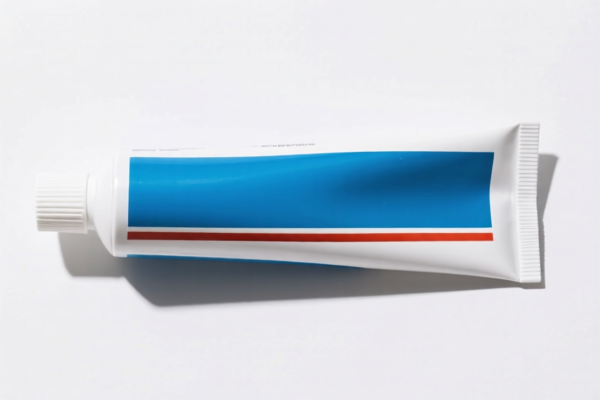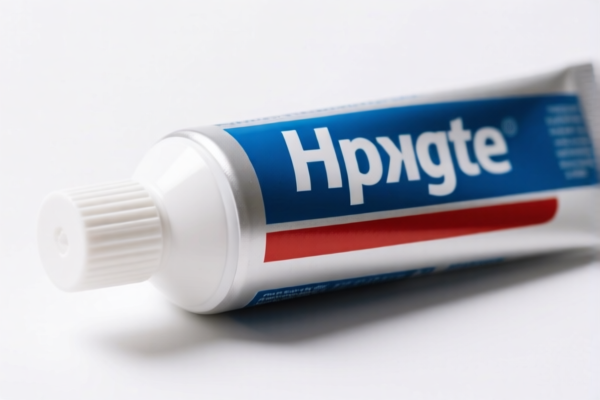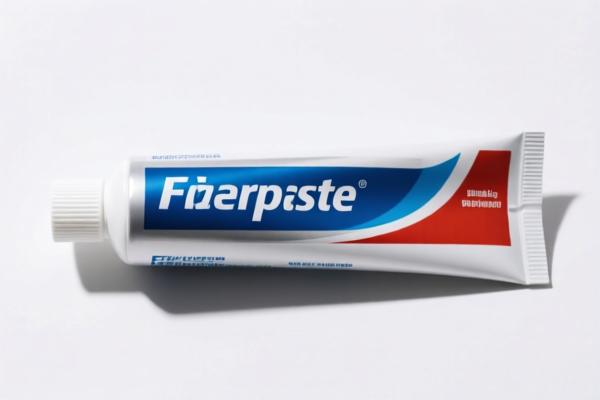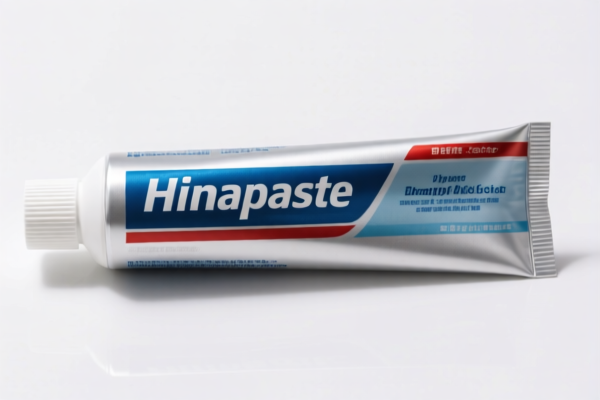| HS Code | Official Doc | Tariff Rate | Origin | Destination | Effective Date |
|---|---|---|---|---|---|
| 7501100000 | Doc | 55.0% | CN | US | 2025-05-12 |
| 7501200000 | Doc | 55.0% | CN | US | 2025-05-12 |
| 7502100000 | Doc | 55.0% | CN | US | 2025-05-12 |
| 7502200000 | Doc | 55.0% | CN | US | 2025-05-12 |
| 8311303000 | Doc | 55.0% | CN | US | 2025-05-12 |
| 8311900000 | Doc | 55.0% | CN | US | 2025-05-12 |
| 3901909000 | Doc | 61.5% | CN | US | 2025-05-12 |
| 3901905501 | Doc | 61.5% | CN | US | 2025-05-12 |
| 3914002000 | Doc | 55.0% | CN | US | 2025-05-12 |
| 3914006000 | Doc | 58.9% | CN | US | 2025-05-12 |
| 8001100000 | Doc | 55.0% | CN | US | 2025-05-12 |
| 8001200010 | Doc | 55.0% | CN | US | 2025-05-12 |
| 8007003200 | Doc | 32.8% | CN | US | 2025-05-12 |
| 8007005000 | Doc | 57.8% | CN | US | 2025-05-12 |




Tin Paste
Tin paste is a malleable alloy primarily composed of tin, commonly with additions of other metals like antimony, bismuth, and silver, used extensively in soldering and electronics.
Material Composition
The core component is tin (Sn), typically ranging from 99.9% purity for high-quality applications to lower percentages in more common formulations.
- Tin (Sn): Provides the primary bonding material. Its low melting point and ability to wet surfaces are crucial.
- Antimony (Sb): Enhances the strength and corrosion resistance of the solder joint. However, higher concentrations can reduce ductility.
- Bismuth (Bi): Lowers the melting point further and improves wetting, particularly useful in lead-free solders.
- Silver (Ag): Increases strength, improves creep resistance (resistance to deformation under stress), and enhances joint reliability.
- Copper (Cu): Used in some formulations to improve strength and wetting.
- Flux: Almost always included within the paste. Flux removes oxidation from the surfaces being joined, allowing the tin alloy to adhere properly. Common flux types include rosin-based, organic acid-based, and no-clean fluxes.
Purpose
The primary purpose of tin paste is to create a reliable electrical connection between components. It serves as the bonding agent in electronic assemblies. It is preferred over solid solder wire in many applications due to its ease of application and ability to create consistent, high-quality joints.
Function
Tin paste functions by:
- Wetting: The molten tin alloy flows and adheres to the surfaces of the components being joined. Good wetting is essential for a strong and conductive bond.
- Bonding: As the tin cools and solidifies, it forms a metallic bond with the component leads and pads.
- Electrical Conductivity: Provides a low-resistance path for electrical current.
- Mechanical Strength: Offers a degree of mechanical support to the connected components.
- Corrosion Protection: Protects the joint from environmental corrosion.
Usage Scenarios
- Surface Mount Technology (SMT): Widely used in the automated assembly of printed circuit boards (PCBs) where components are placed and soldered using pick-and-place machines and reflow ovens.
- Through-Hole Technology: Used for hand soldering or wave soldering of components with leads inserted through holes in the PCB.
- Electronic Repair: Commonly used for repairing PCBs, replacing components, and fixing broken connections.
- Prototyping: Used for creating and testing electronic circuits.
- Jewelry Making: Used in some jewelry repair and fabrication applications.
- Plumbing: Specialized tin pastes are used for soldering copper pipes.
Common Types
- Lead-Based Solder Paste: Traditionally, contained lead (Pb) which provided excellent wetting and joint strength. However, due to environmental concerns (RoHS compliance), its use is increasingly restricted. Common alloys include Sn63Pb37 (63% tin, 37% lead).
- Lead-Free Solder Paste: Formulated without lead, complying with RoHS regulations. Common alloys include:
- Sn96.5Ag3.0: (96.5% tin, 3.0% silver) - Offers good joint strength and reliability.
- Sn96.5Ag3.5: (96.5% tin, 3.5% silver) - Similar to Sn96.5Ag3.0, with slightly improved performance.
- SAC305: (96.5% tin, 3% silver, 0.5% copper) - A widely used alloy offering a good balance of properties.
- SnCu: (Tin-Copper alloys) - Lower cost alternative, but generally requires higher soldering temperatures.
- Water-Soluble Solder Paste: Uses water-soluble fluxes for easy cleaning with water.
- No-Clean Solder Paste: Contains fluxes that leave a residue that doesn't need to be removed, although cleaning can improve reliability in some applications.
- Rosin-Based Solder Paste: Uses rosin flux, requiring specific cleaning agents for removal.
Application Methods
- Stencil Printing: A stencil is used to apply the paste to the PCB pads.
- Dispensing: Paste is dispensed directly onto the pads using a syringe or automated dispenser.
- Hand Application: Applied manually using a soldering iron or hot air rework station.
Tin paste typically consists of tin combined with flux, used for soldering electronic components. Based on the provided reference material, the following HS codes may be relevant:
- 8007003200: Other articles of tin: Powders and flakes. This code covers tin in powder or flake form. Tin paste, being a form of finely divided tin, could fall under this classification. The tax rate is a base tariff of 2.8%, with no additional tariff, increasing to 30.0% after 2025.4.2, resulting in a total tax rate of 32.8%.
- 8311303000: Wire, rods, tubes, plates, electrodes and similar products of base metal or of metal carbides, coated or cored with flux material, of a kind used for soldering, brazing, welding or deposition of metal or of metal carbides; wire and rods, of agglomerated base metal powder, used for metal spraying; base metal parts thereof: Coated rods and cored wire, of base metal, for soldering, brazing or welding by flame: Lead-tin solders. If the tin paste is specifically formulated as a solder (containing lead and tin), this HS code may apply. The tax rate is a base tariff of 0.0%, with a 25.0% additional tariff, increasing to 30.0% after 2025.4.2, resulting in a total tax rate of 55.0%.
- 8007005000: Other articles of tin: Other. This is a general category for tin articles not specifically classified elsewhere. If the tin paste doesn't fit the description of powders/flakes or lead-tin solders, this code may be applicable. The tax rate is a base tariff of 2.8%, with a 25.0% additional tariff, increasing to 30.0% after 2025.4.2, resulting in a total tax rate of 57.8%.
Regarding HS code 8311303000, please note that it specifically mentions "Lead-tin solders". If the tin paste does not contain lead, this HS code would not be appropriate.
Customer Reviews
No reviews yet.